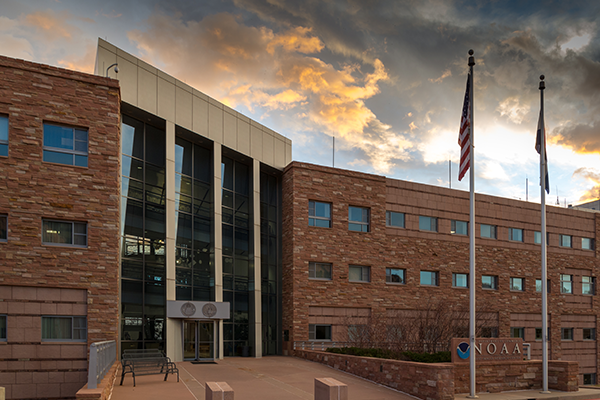
A Look at Precipitation Forecasts at Eight Locations in the Western U.S.
Lisa Darby
Tuesday, May 02, 2017, 2:00 pm
DSRC Room 2A305
Abstract
PSL has a Water Vapor Flux Tool designed to assist in forecasting heavy precipitation events. Key components of this forecast tool along the U.S. West Coast include hourly-averaged freezing level, wind profiles, upslope flow, integrated water vapor (IWV), and IWV flux. This web-based decision-support tool displays observed and modeled values of these quantities, and the resulting precipitation. All forecasts have a 3-hour verification time. The tool can be accessed at: http://psl.noaa.gov/data/obs/datadisplay.
In this study we evaluate the 3-hr precipitation forecasts from two models that are featured in the tool: (1) the 13-km-grid Rapid Refresh (RAP) and (2) its nested, 3-km-grid High-Resolution Rapid Refresh (HRRR). The RAP and the HRRR models are run operationally by NOAA and are initialized hourly. Visual inspection of the tool graphics comparing the 3-hour precipitation forecasts with the observations indicate many discrepancies between the forecast and observed hourly precipitation amounts. The goal of our analysis is to characterize and quantify these discrepancies for individual sites. We also assess the upslope wind layer, IWV, and IWV flux forecasts as part of our understanding of the precipitation forecast assessments.
The water vapor flux tool observation sites include five locations along the West Coast (between Forks, WA and Bodega Bay, CA) and three inland sites (Chico, CA in the Central Valley, and Troutdale and Wasco, OR, along the Columbia River). This arrangement of sites provides an opportunity to assess forecasts for sites with various kinds of geographic influences and orographic forcing. Our analysis period extends from 1 December 2015 to 31 March 2016. Various evaluation metrics will be presented.
Bonus Content: In August 2016 the operational versions of the RAP and HRRR were upgraded. How did these upgraded models perform during the “epic winter” of 2016/2017? I will show preliminary evaluation metrics for 1 October 2016 to 31 March 2017.
You must provide an accepted form of identification at the Visitor Center to obtain a vistor badge. Security personnel also inspect vehicles prior to entrance of the site. Please allow extra time for these procedures.
After receiving a badge, you must arrive at the DSRC Lobby at least 5 minutes before the seminar starts to meet your security escort. If you arrive after that time, you will not be allowed entry.
Foreign Nationals: Please email the seminar contact at least 48 hours prior to the seminar to provide additional information required for security purposes.
Seminar Contact: richard.lataitis@noaa.gov